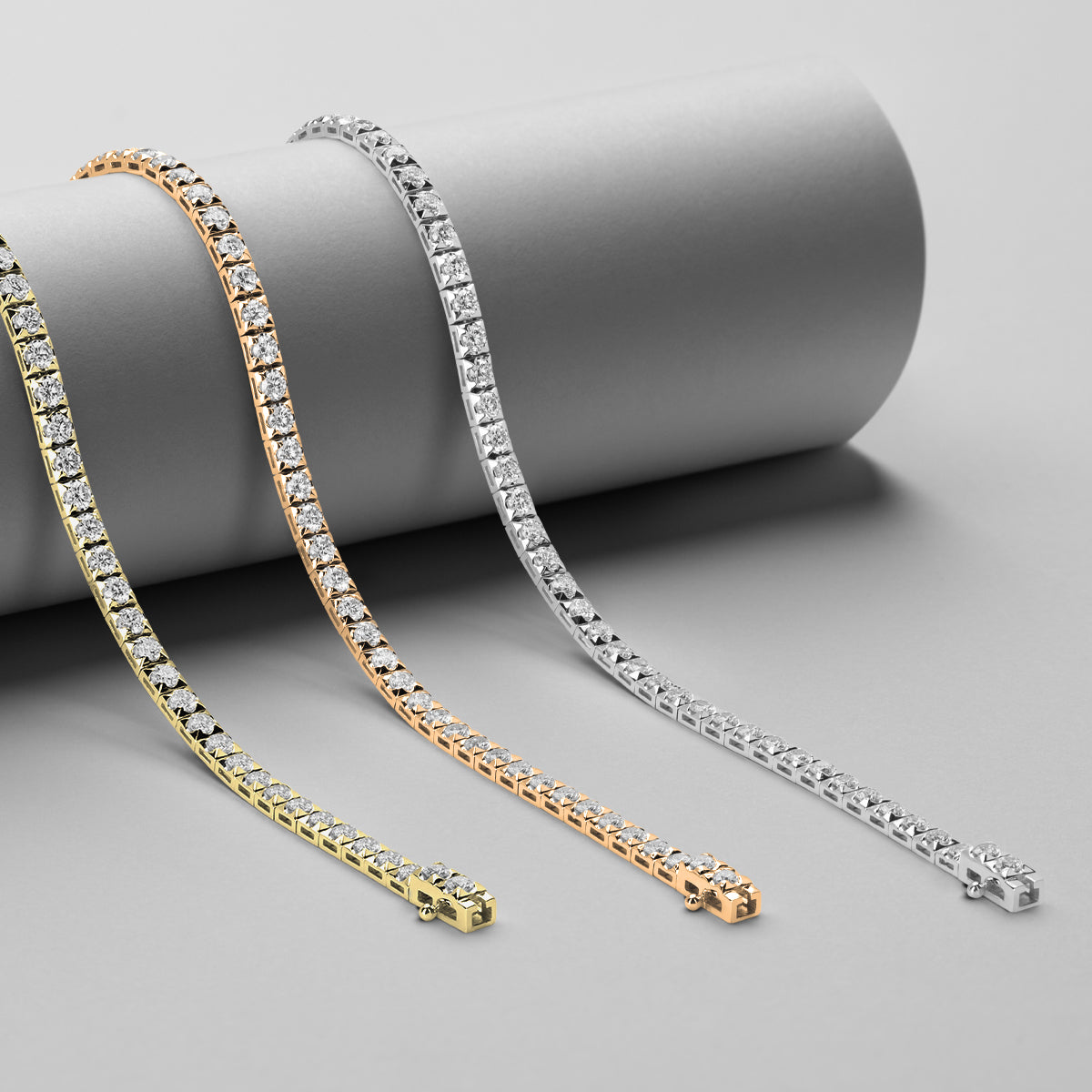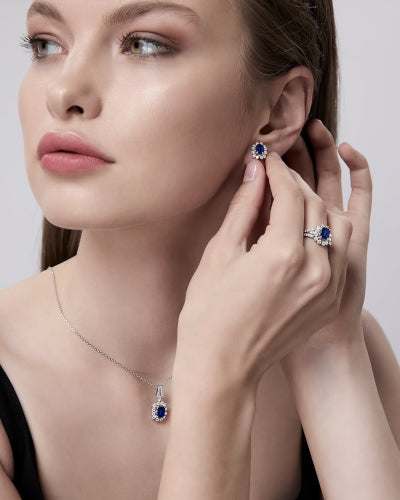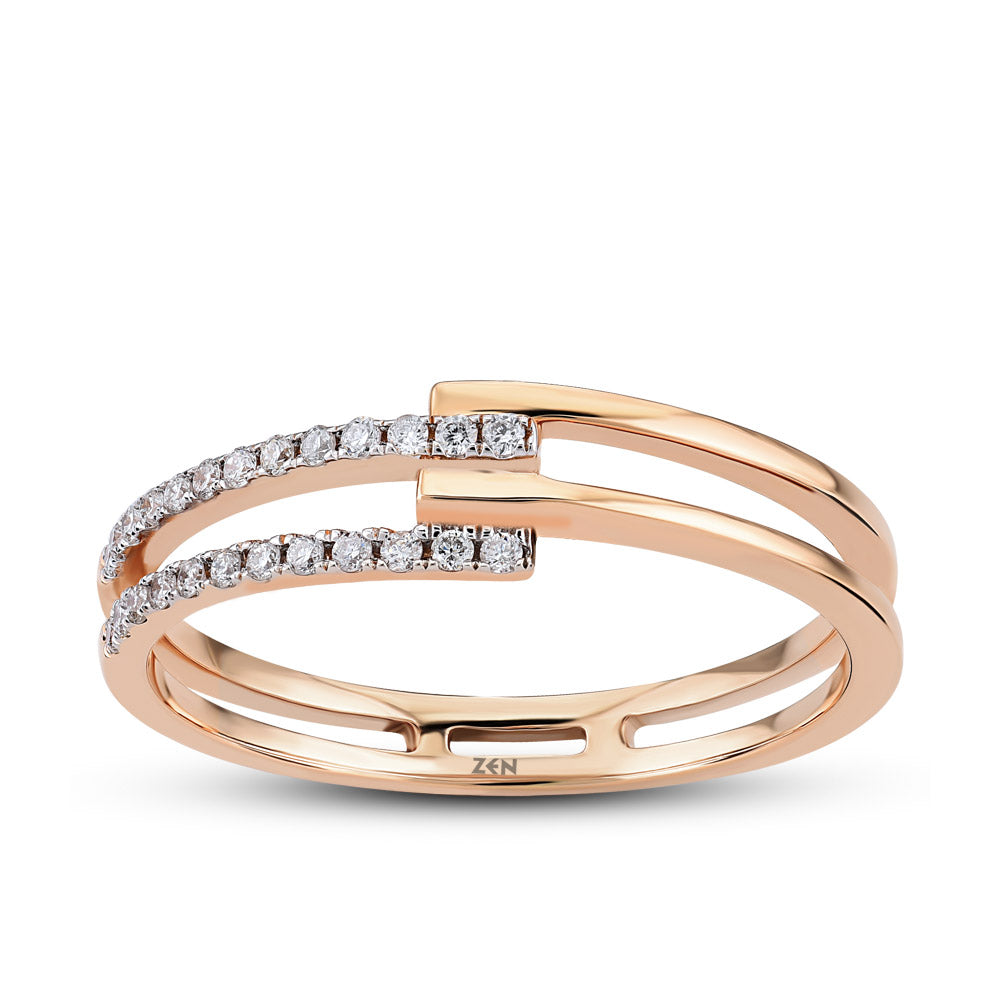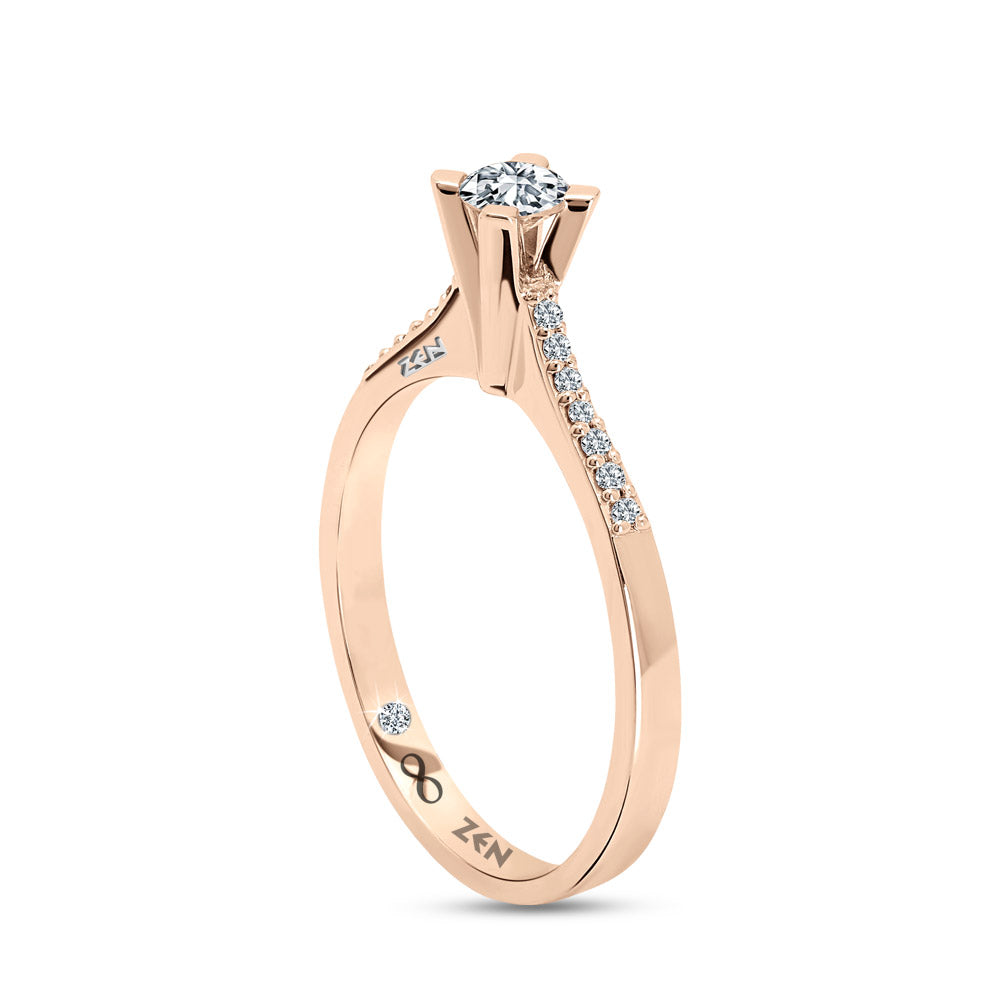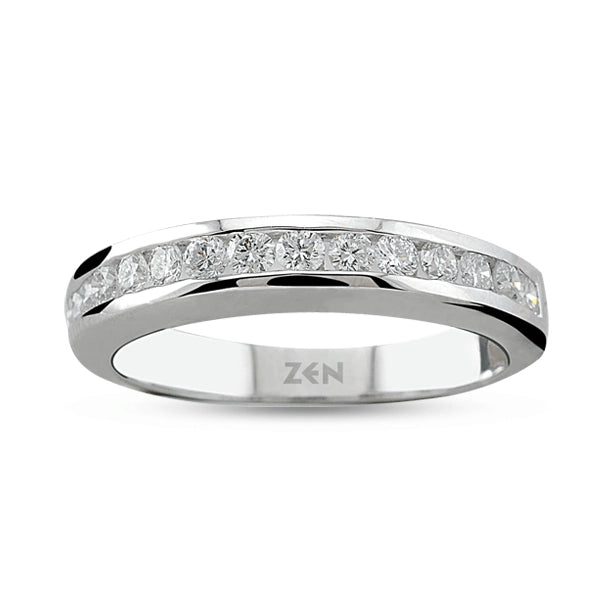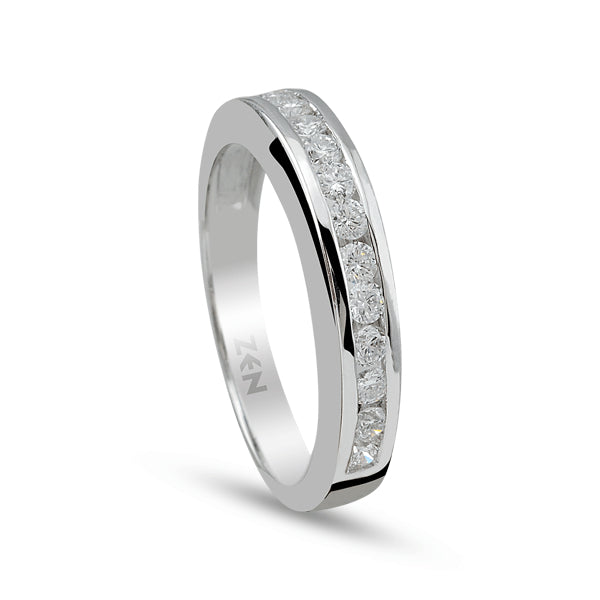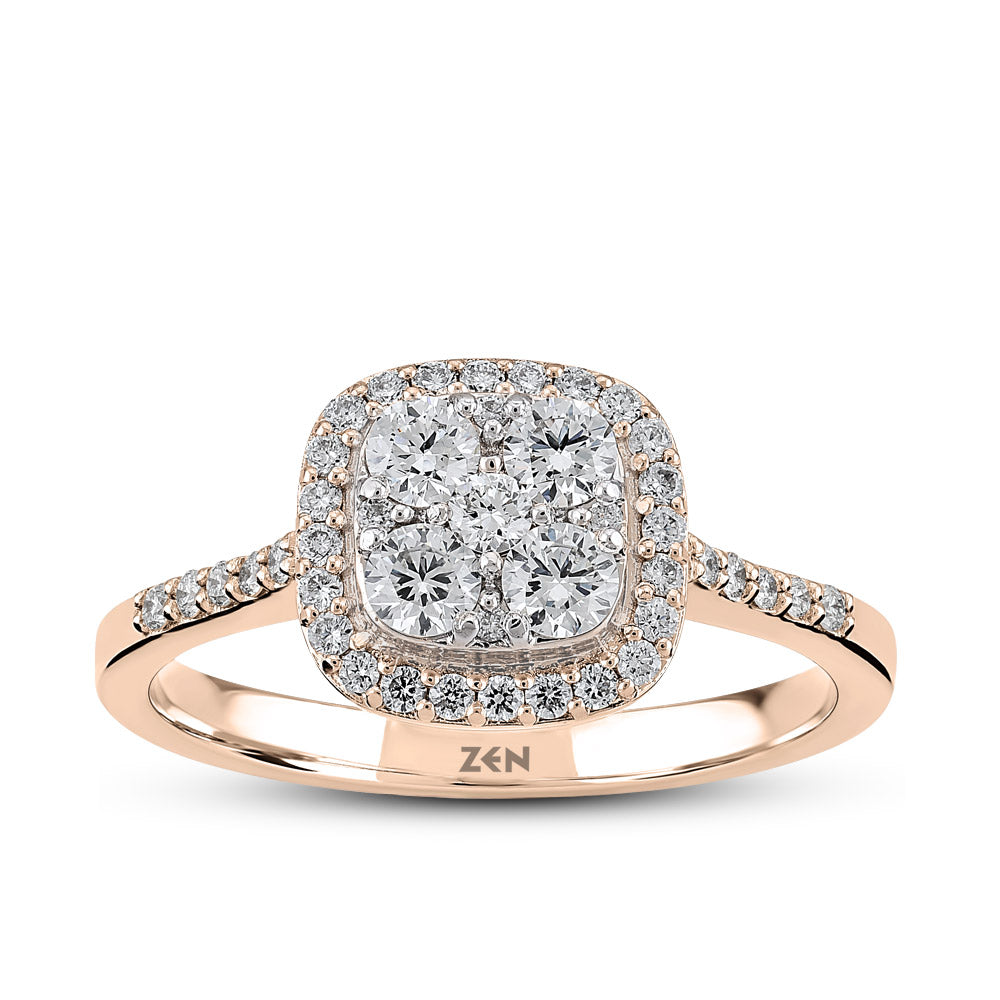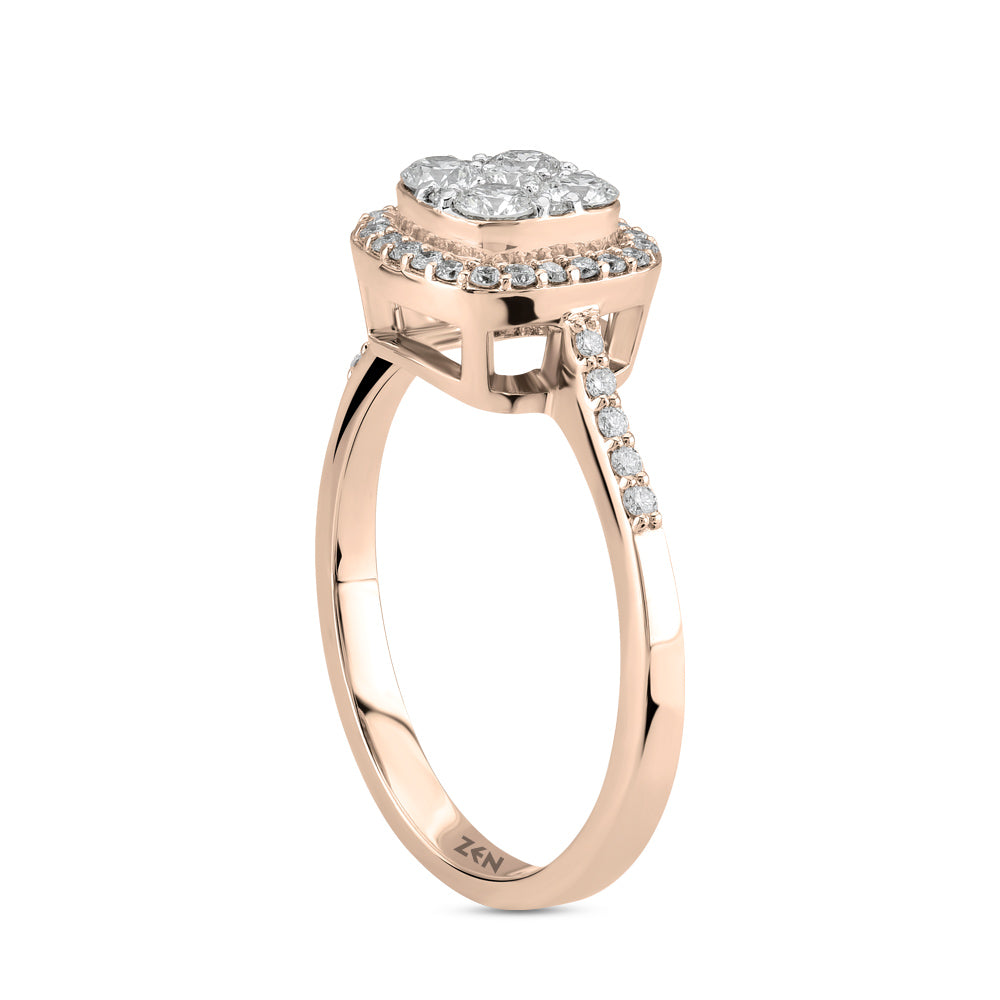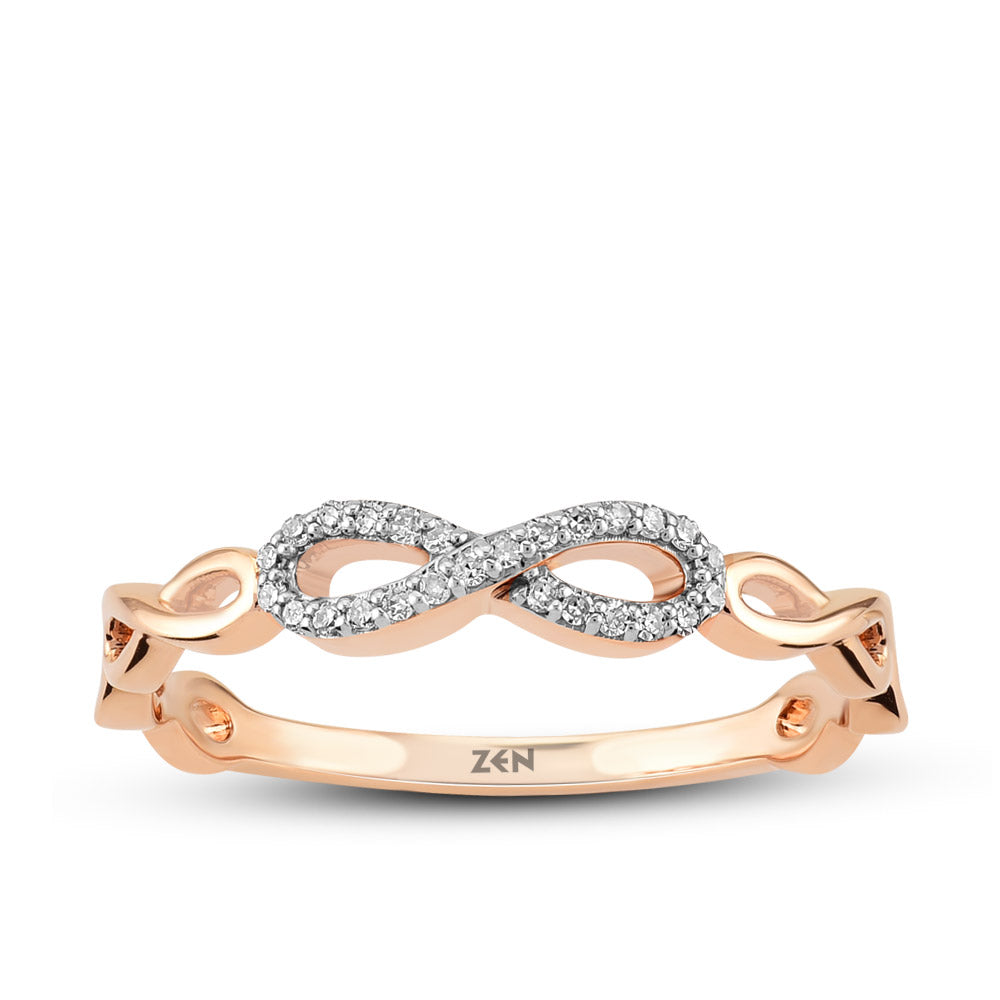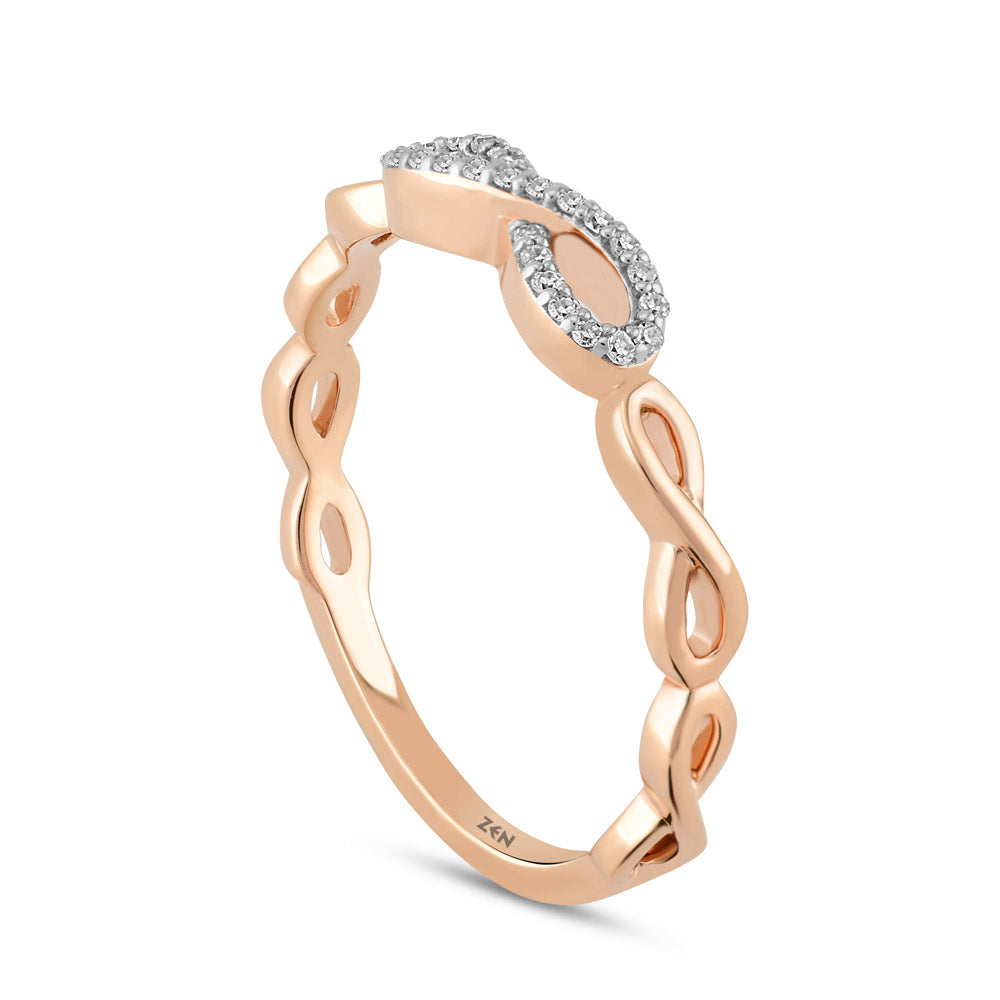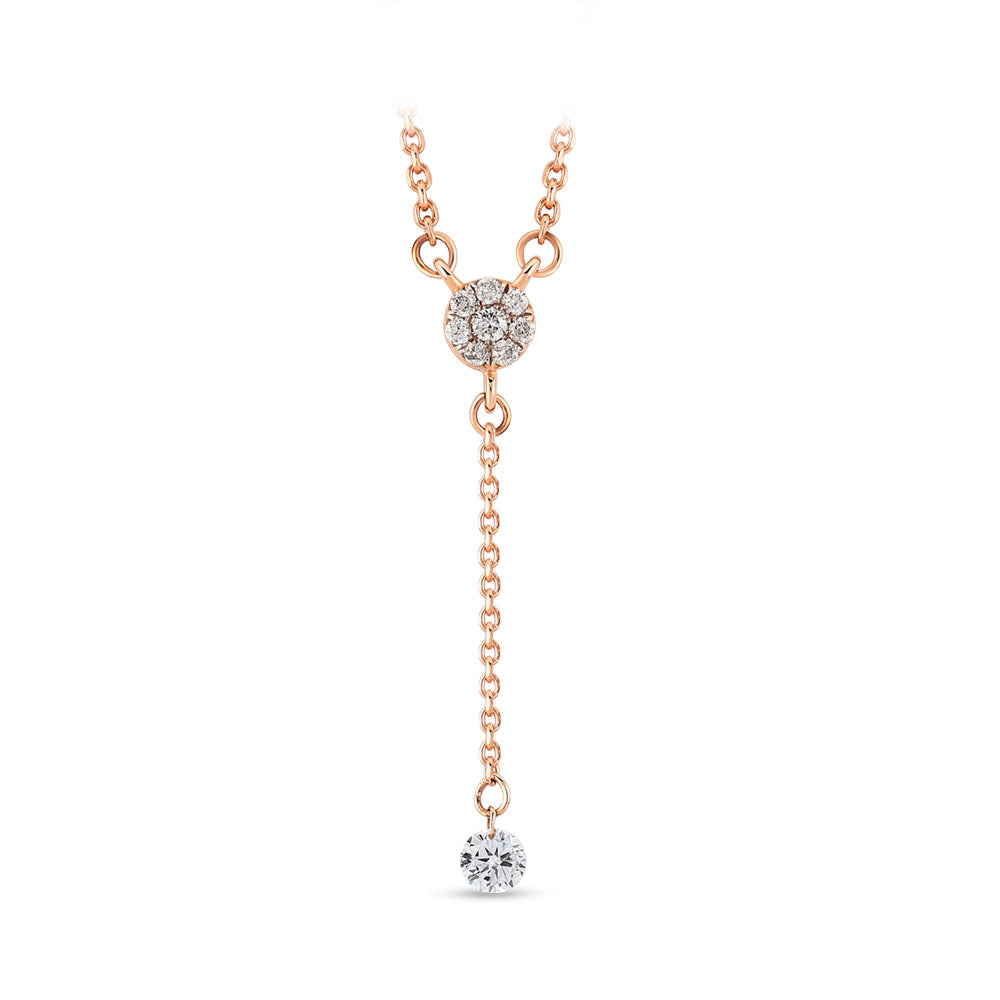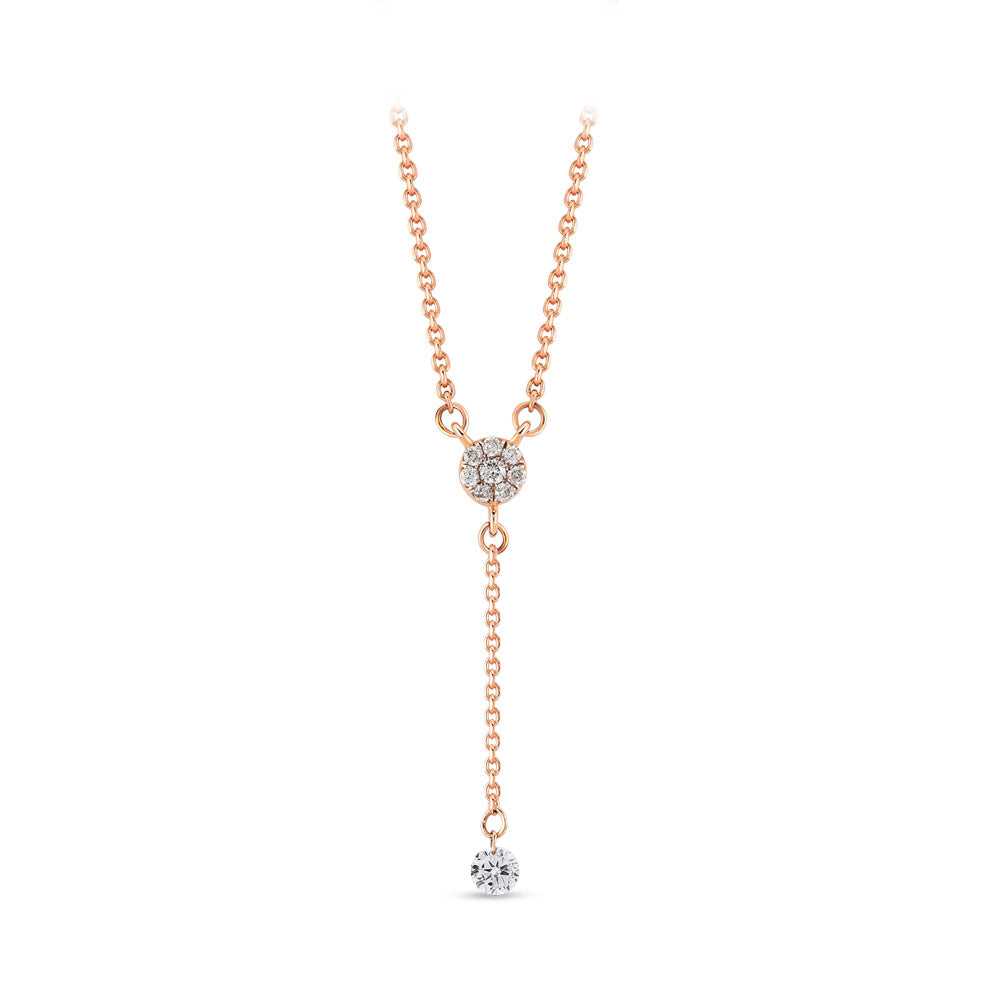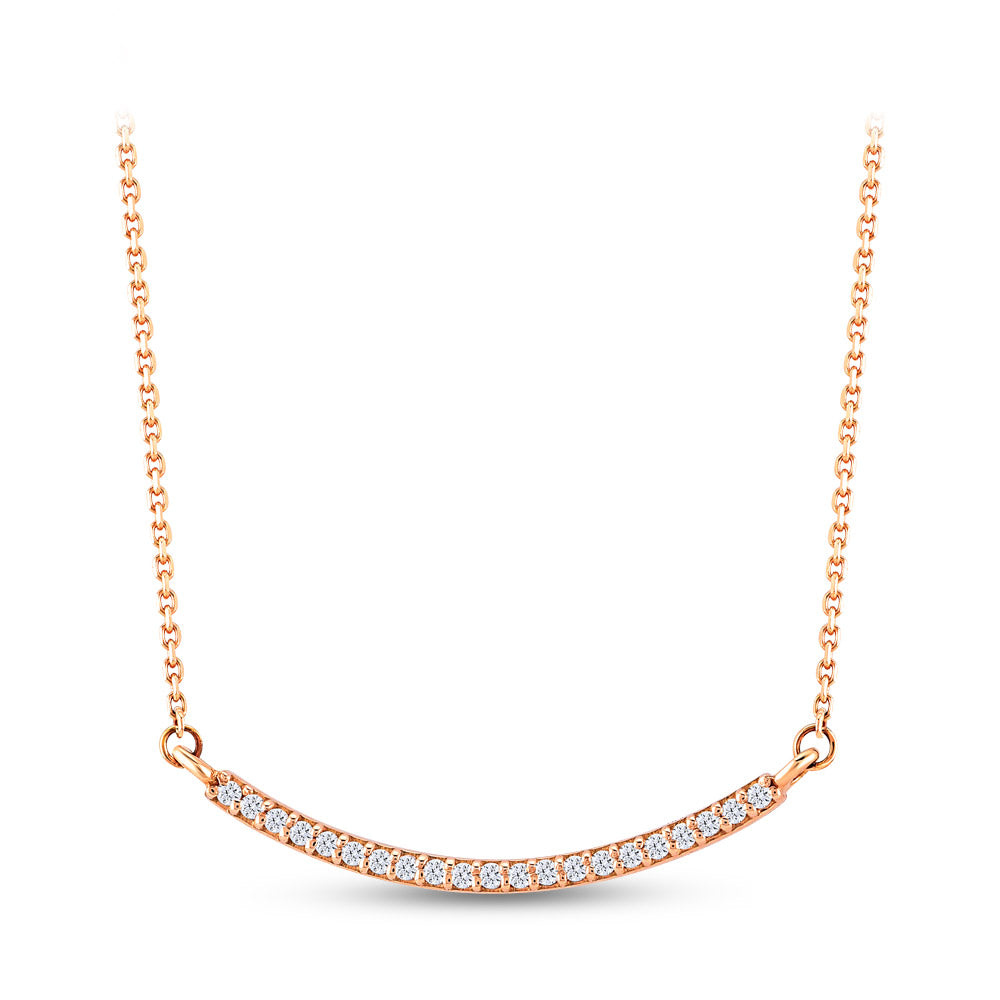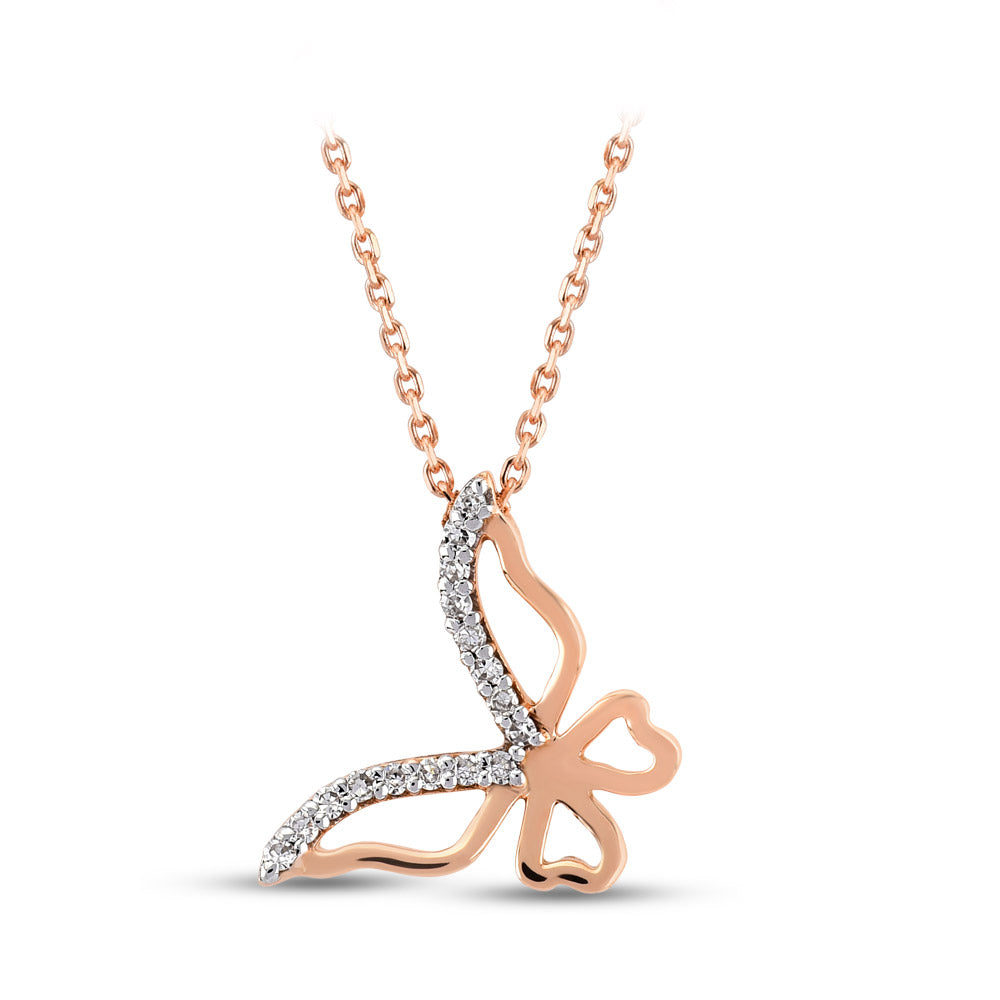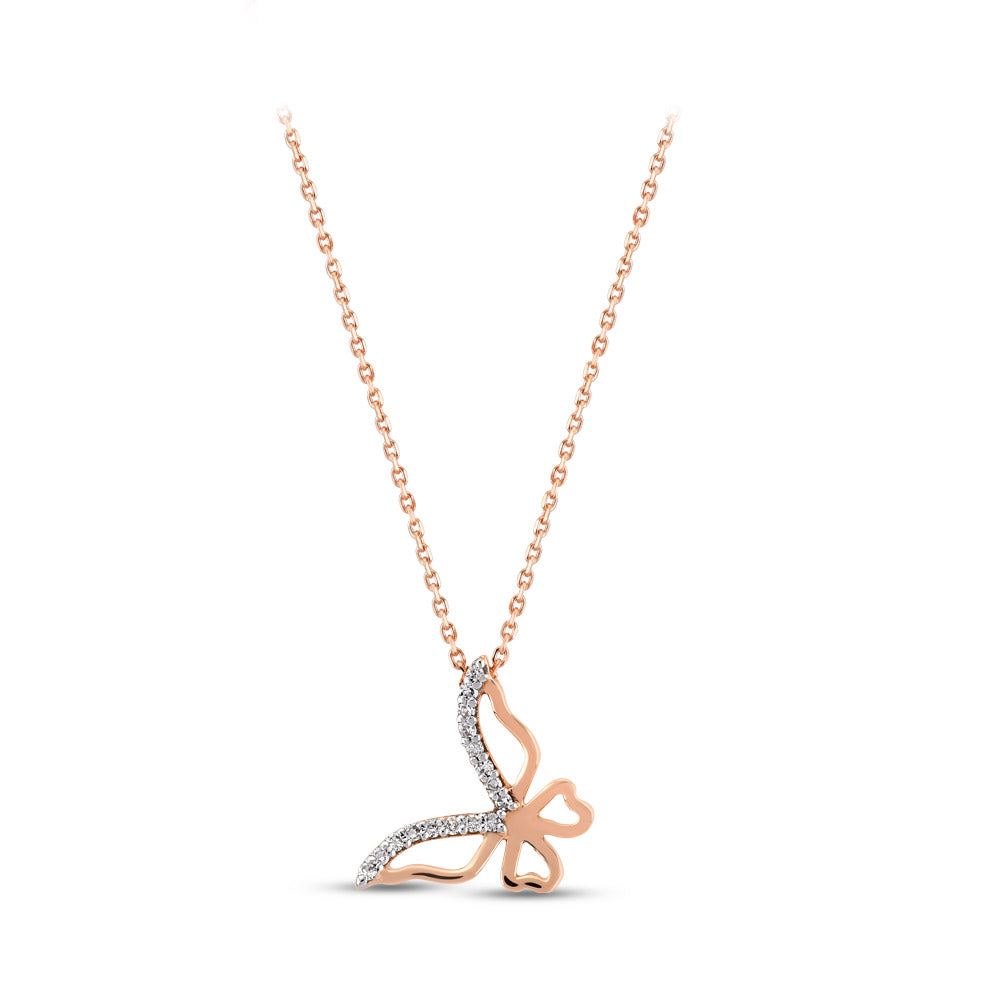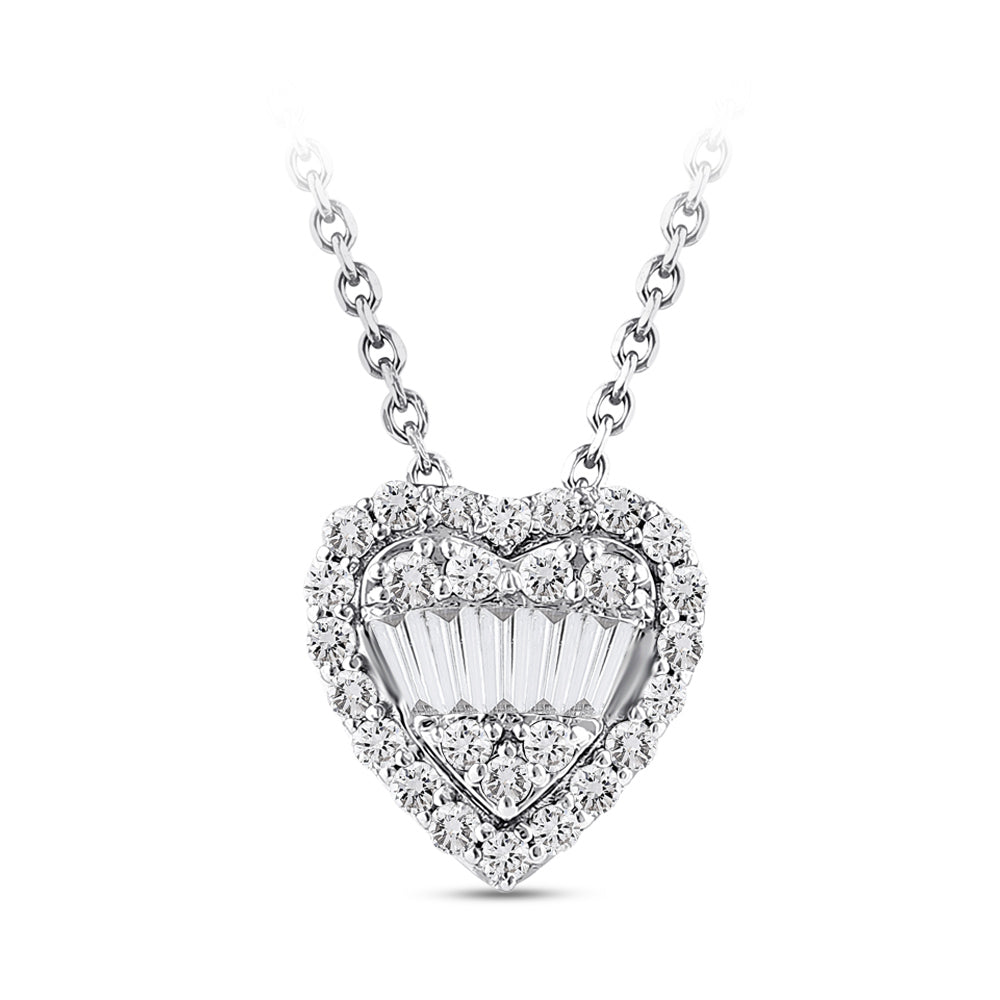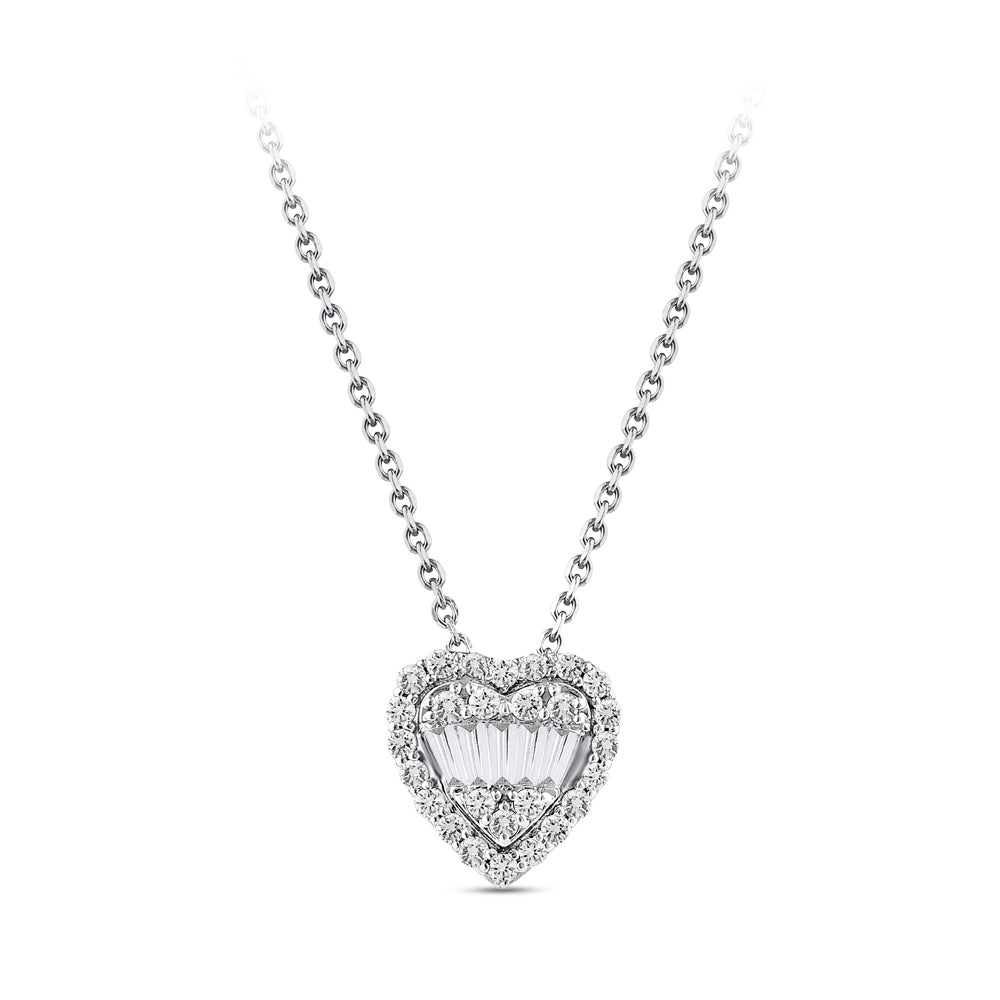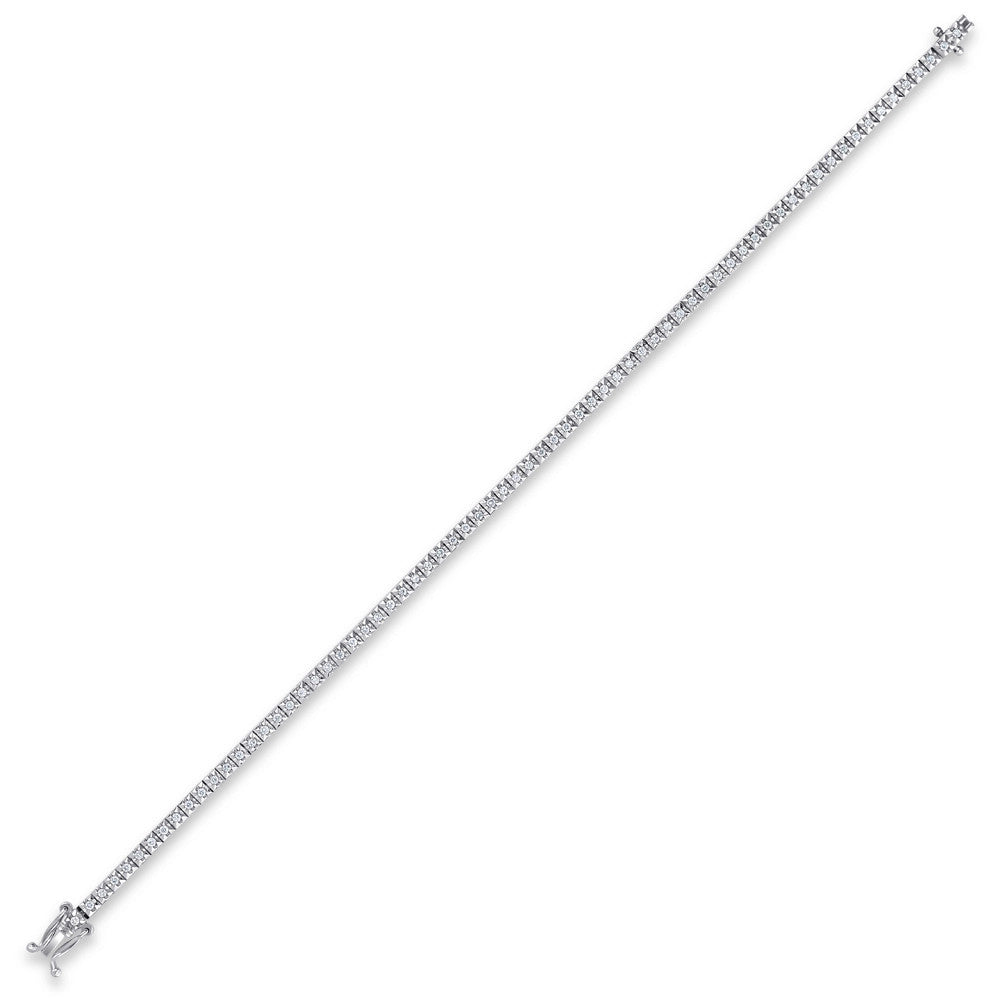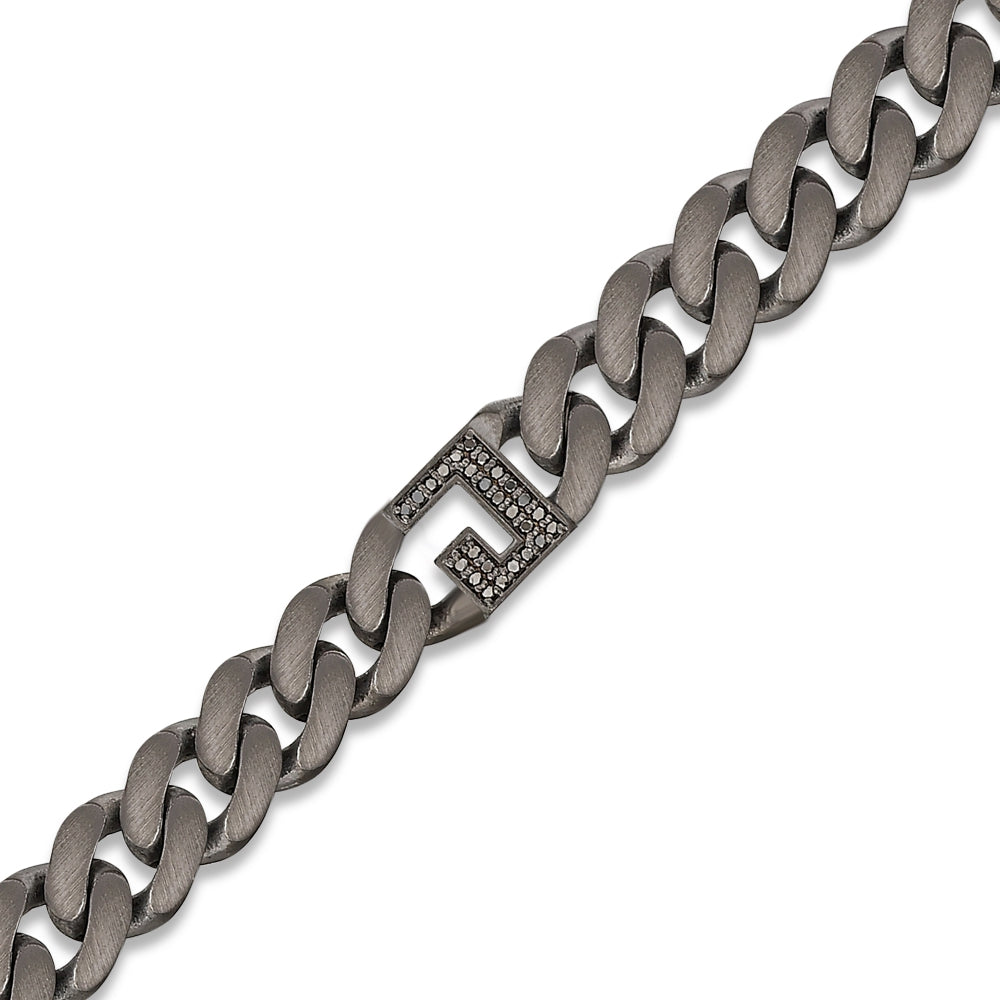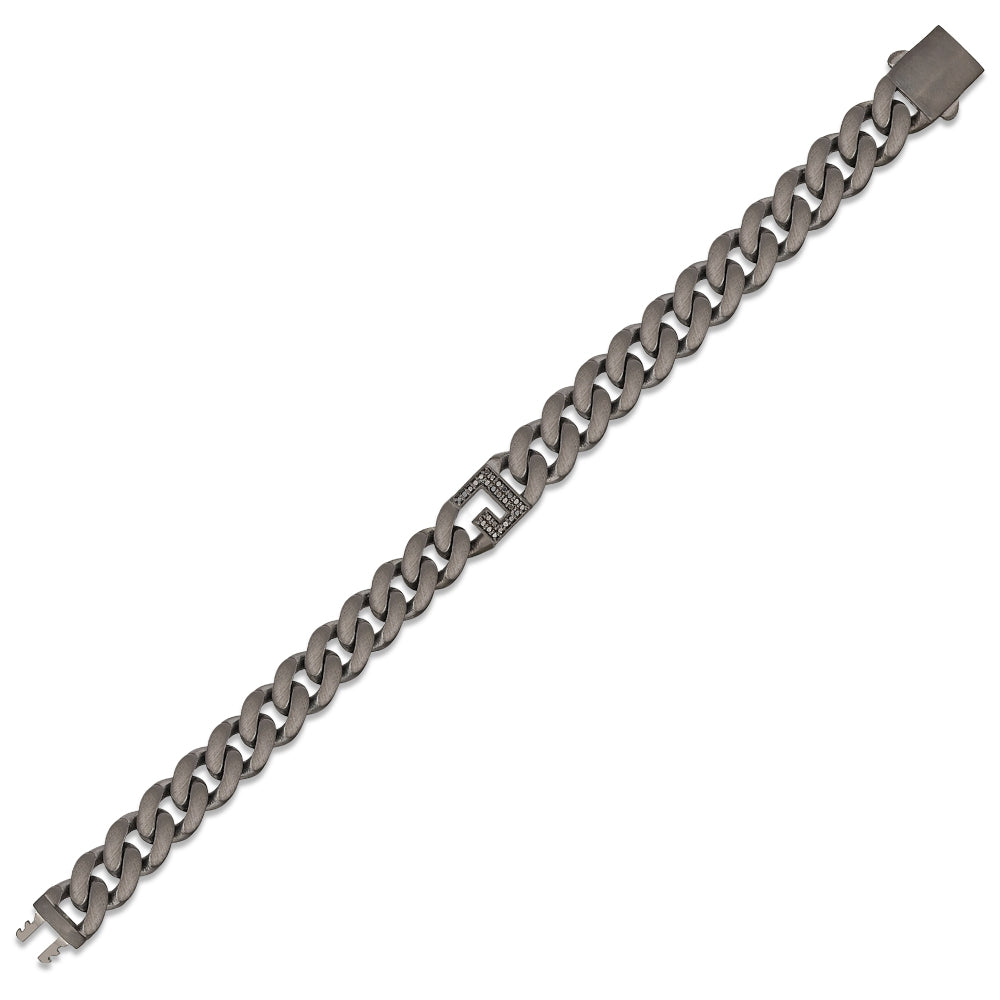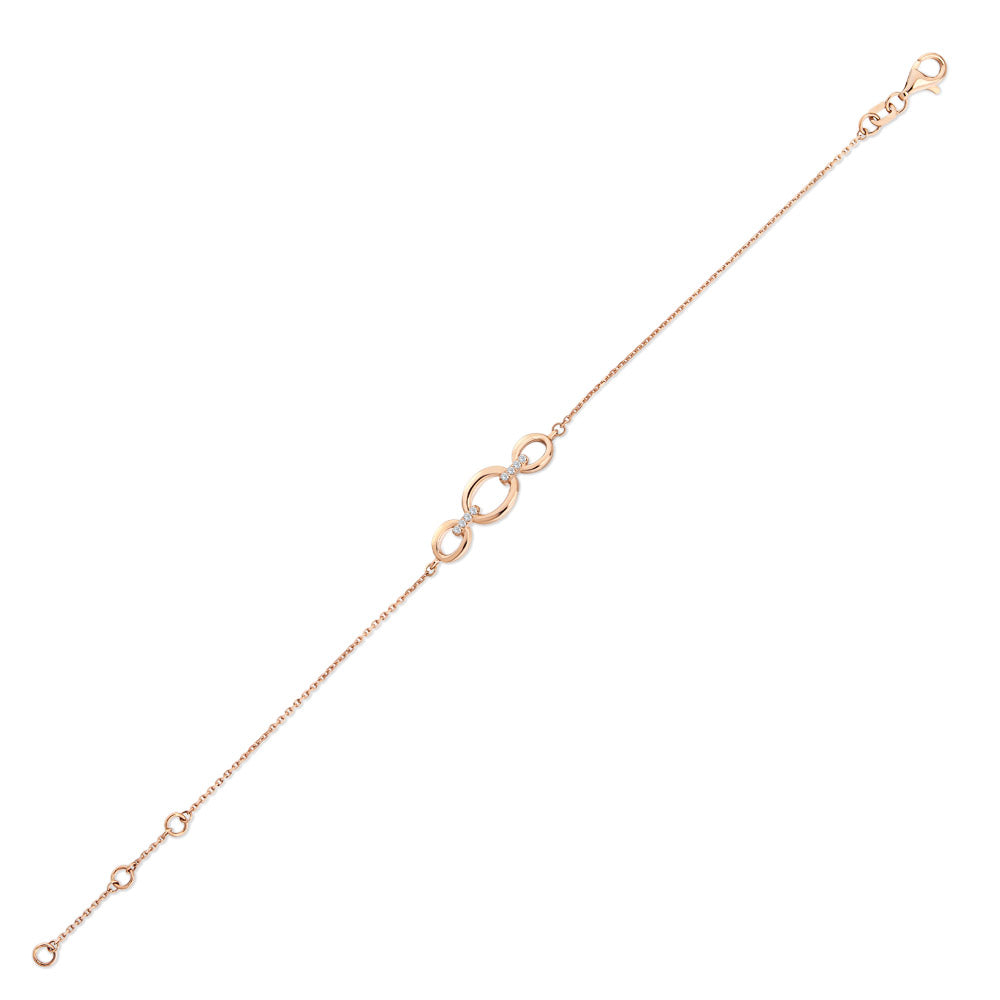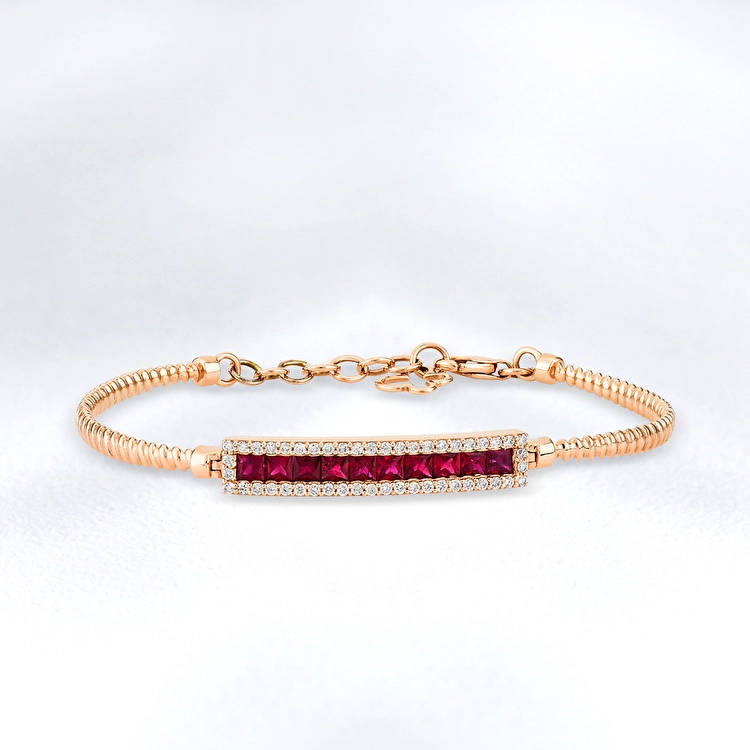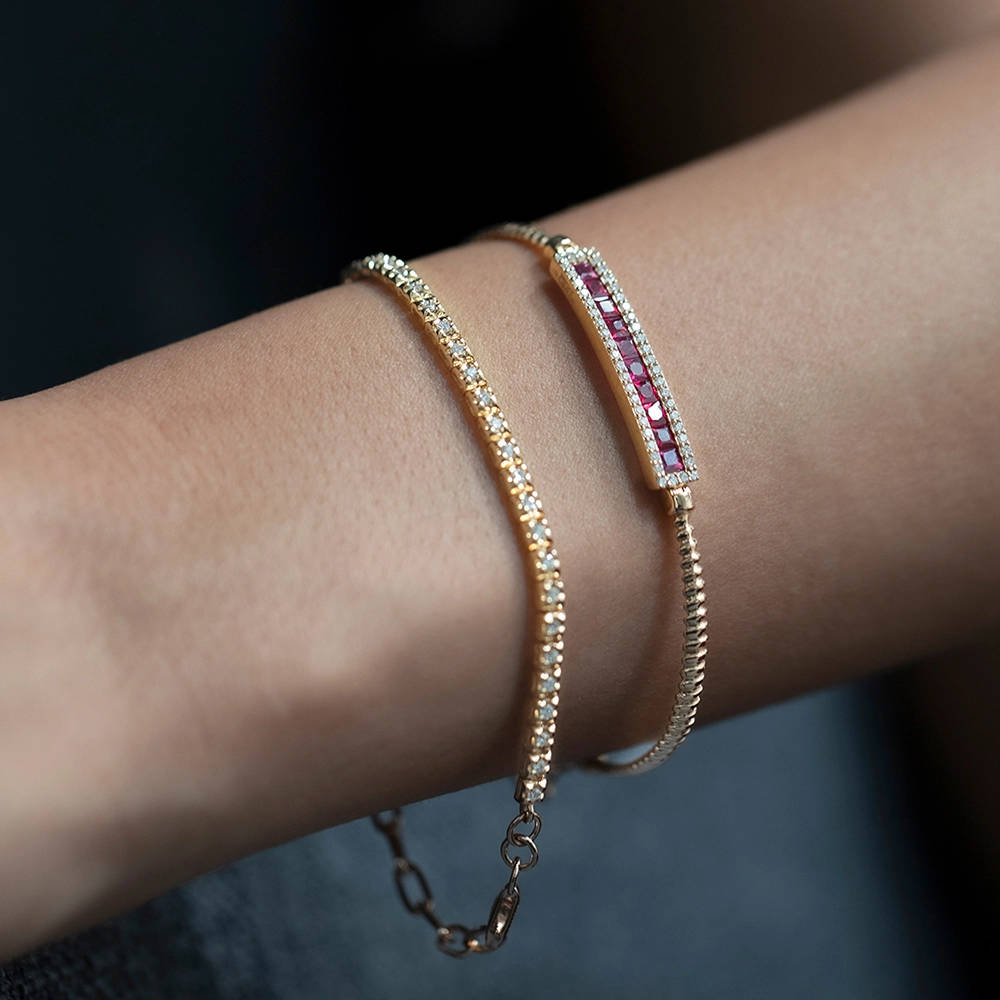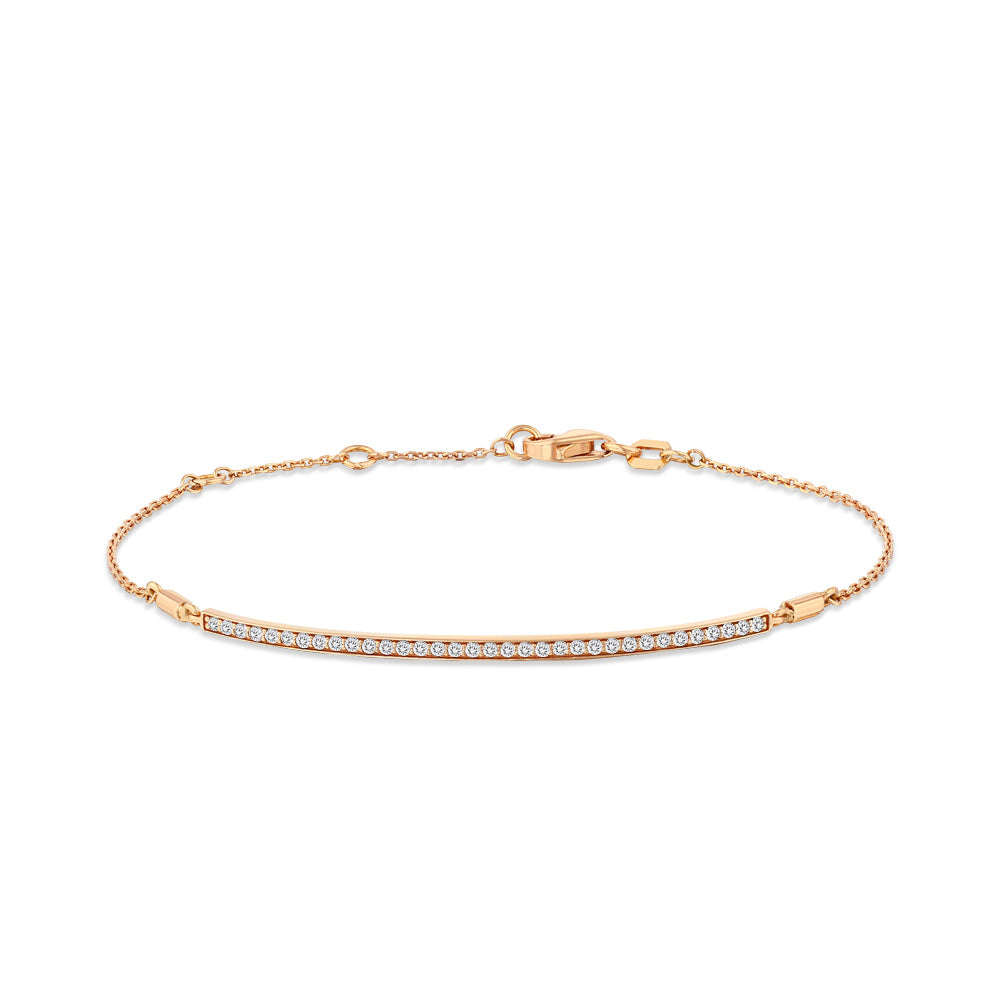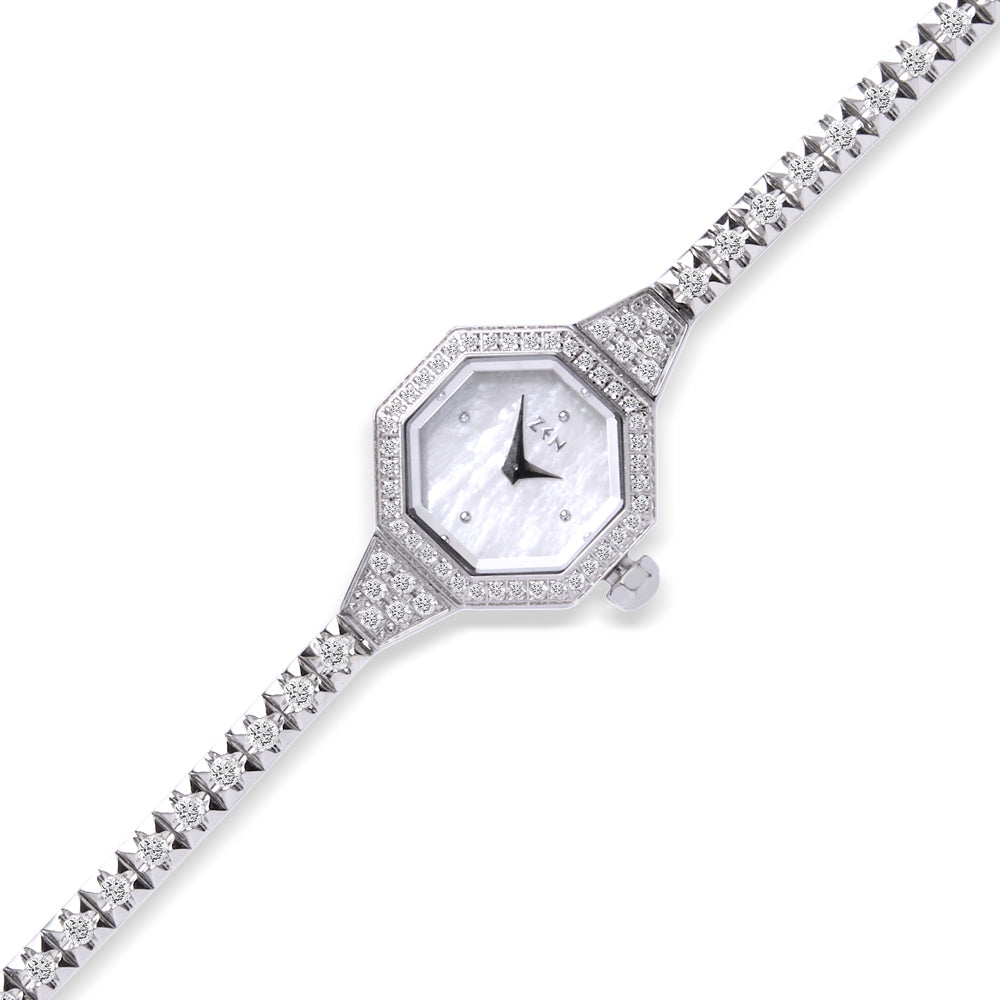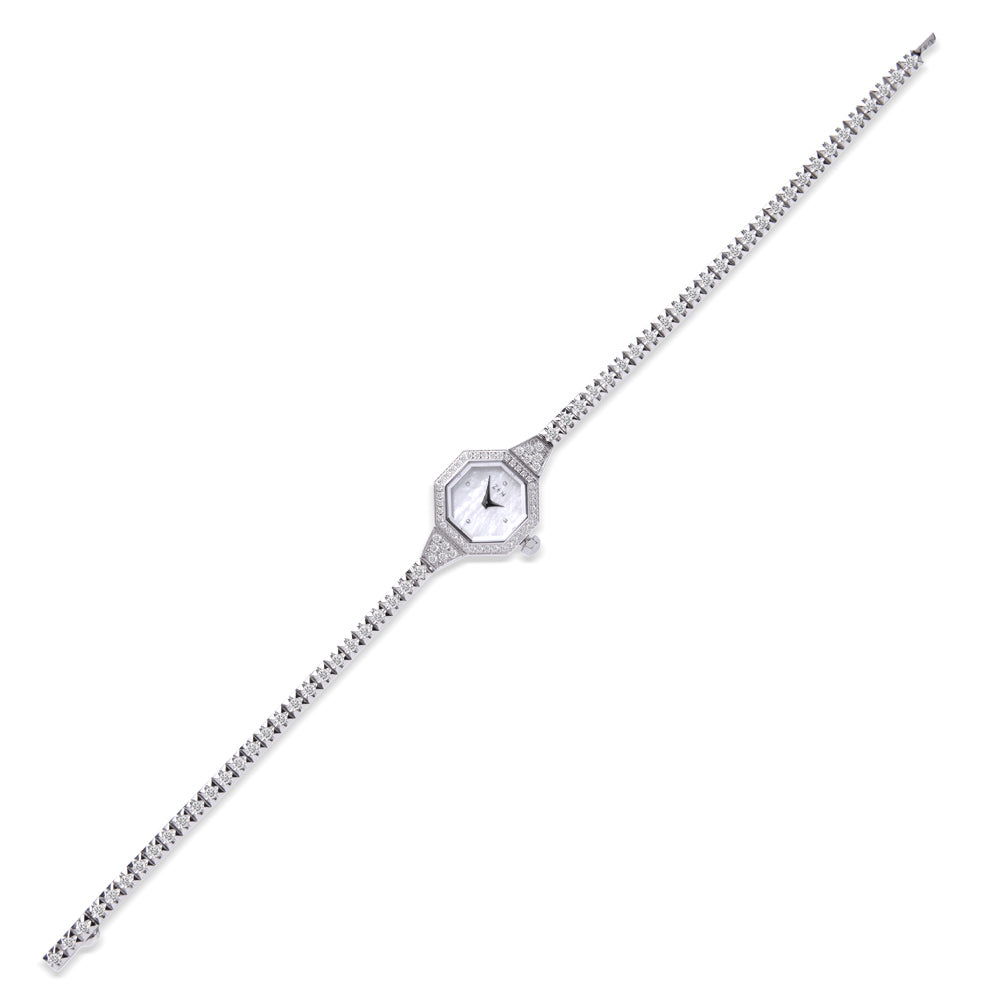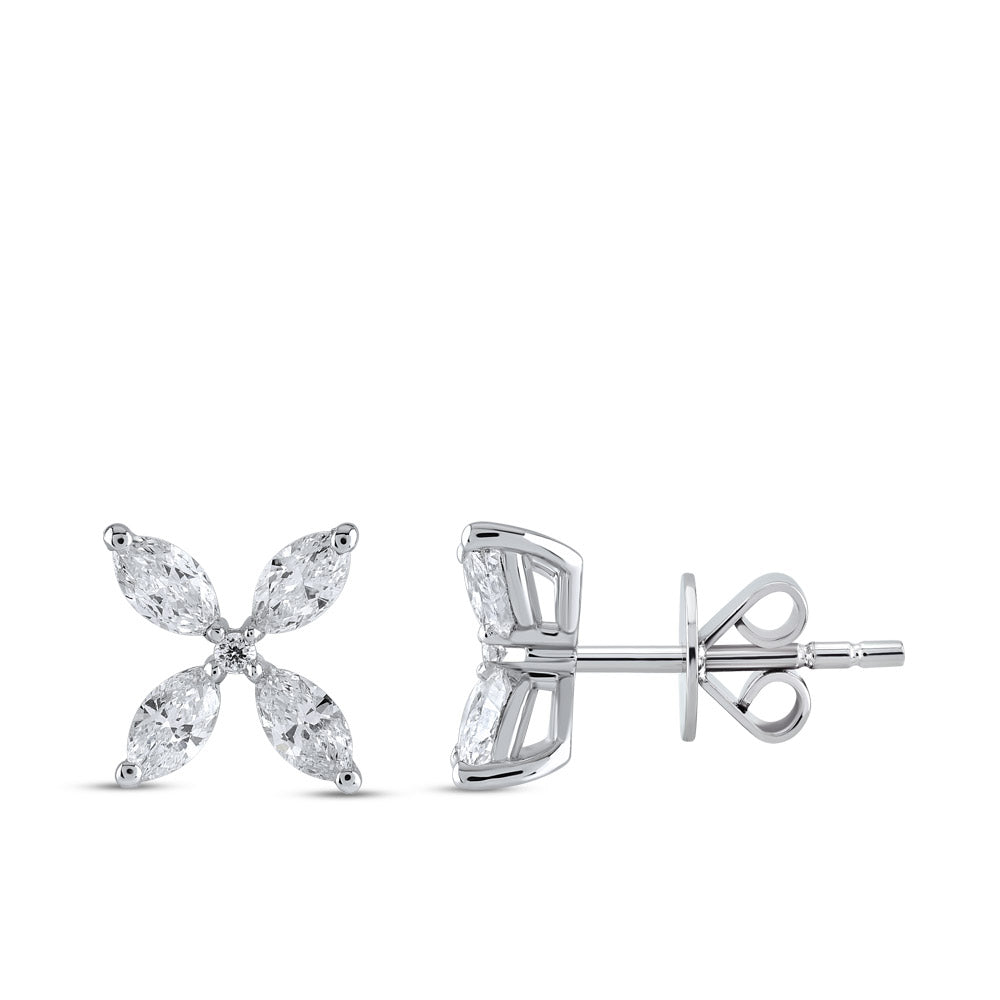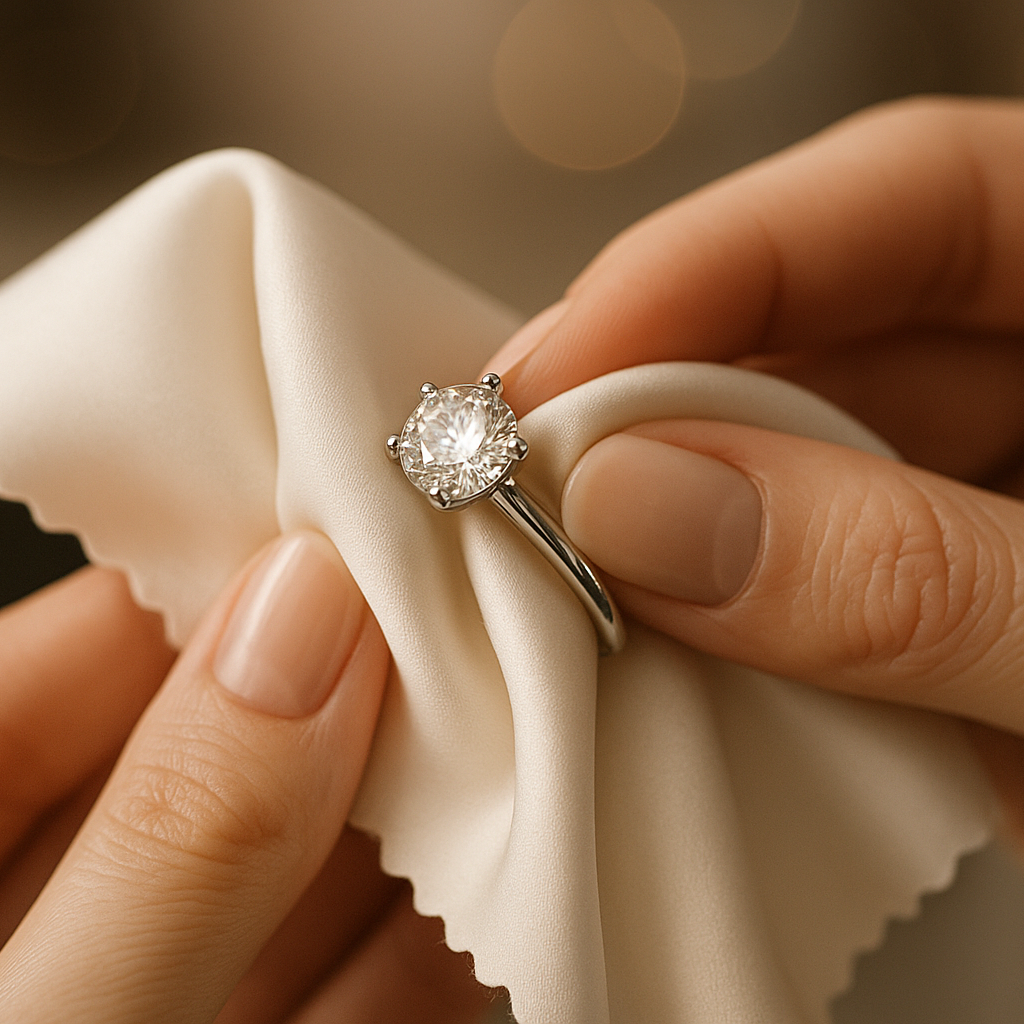Article: How to Measure Your Ring Size at Home: Step by Step Guide
How to Measure Your Ring Size at Home: Step by Step Guide
The journey to finding the perfect ring is an exciting one whether you're planning a proposal, celebrating an anniversary, or treating yourself to something special. However, you need to know your size before making a purchase.
By measuring your ring size at home, you can save time and avoid future troubles. Make sure you know your ring size correctly by following these steps to avoid having it resized in the future.
In this guide, you will learn how to find your ring size at home, how to use a ring size chart, and a few expert tips from Zen Diamond. In this way, you will be able to make the best choice for your next ring.
Why Knowing Your Ring Size Matters
A perfectly fitting ring should feel like a natural part of your hand. You don’t want your ring to be too tight, as it may cause a couple of problems. Firstly, a tight ring might cause discomfort or even hurt your finger in a while. A ring that is too tight can also obstruct blood flow, potentially leading to serious health problems in the future.
On the other side, you should be careful not to choose a loose ring either, as it may fall off your finger. After all, you would not want to lose your ring walking down the street. For all these reasons, it is crucially important to measure your ring size, and further down below you will find how to measure ring size at home.
Tools You Can Use at Home
Measuring your ring size at home is actually not that hard. In fact, you can use everyday items you likely already have:
-
A thin strip of paper or string
-
A pen or marker
-
A ruler (with millimeters)
-
A ring size chart (you can easily find one on Zen Diamond’s website or print one online)
Once you’ve gathered these simple tools, it only takes a few minutes to figure out your ring size from home.
How to Measure Your Ring Size at Home: Step-by-Step
1) Choose the right time and finger
-
Measure at the end of the day or when your hands are at normal warmth. Fingers can be smaller in the morning.
-
Measure the exact finger you plan to wear the ring on (index/middle/ring/pinky).
2) Wrap & mark (string/paper method)
-
Cut a 10–12 cm strip of paper or use non-stretchy string.
-
Wrap it around the base of your finger where the ring will sit. It should be tight enough that it won’t slip off, but not so tight it pinches.
-
Mark where the paper/string overlaps with a pen.
-
Lay the paper flat and measure from the start to the mark in millimeters (mm). This measurement is your finger circumference.
-
Repeat 2–3 times and use the average for accuracy.
3) If your knuckle is larger: measure two places
-
Do not forget to measure your knuckle. If it is wider than the base; measure both.
-
Compare the larger number to ensure the ring can slide over the knuckle. Then pick a size between the two if the difference is small.
4) Convert circumference to a U.S. ring size
-
Use a ring size chart to match your circumference (mm) to the U.S. size.
-
Quick examples:
-
~2.04 inches ≈ ~51.9 mm ≈ U.S. size 6
-
~2.14 inches ≈ 54.3 mm ≈ U.S. size 7
-
~2.24 inches ≈ ~57.1 mm ≈ U.S. size 8
-
If you measured diameter (see next step), convert to circumference with: C = π × d (π ≈ 3.1416), then use the chart.
5) Measure an existing ring (if you have one)
-
Place the ring flat on a ruler and measure the inside diameter (mm) across the center.
-
Convert diameter to circumference (C = π × d) or compare the diameter directly to a diameter-to-size chart.
-
For best accuracy use a printed chart where the ring sits exactly over the circle.
Tips for the Most Accurate Ring Measurement
Getting your ring size right the first time is easier with a few expert insights:
-
Measure when your fingers are warm, as they tend to shrink in lower temperatures.
-
Avoid measuring after heavy exercise or in extreme cold.
-
If you are between sizes, it is recommended to choose the larger one for comfort.
-
If you’re sizing secretly (for a surprise), borrow a ring the recipient wears and measure its inside diameter.
Understanding the Ring Size Chart
Charts ensure universal accuracy. They help online shoppers to simplify complicated calculations.
A ring size chart helps translate your measurement into an exact U.S. ring size. Sizes typically range from 3 to 13. Women’s average sizes fall between 6 and 7, while men’s average sizes are around 9 to 10.
|
Measurement Range (mm) |
U.S. Size |
|
44.2mm – 45.4mm |
3 |
|
45.5mm – 46.7mm |
3.5 |
|
46.8mm – 48.0mm |
4 |
|
48.1mm – 49.3mm |
4.5 |
|
49.4mm – 50.6mm |
5 |
|
50.7mm – 51.9mm |
5.5 |
|
52.0mm – 53.2mm |
6 |
|
53.3mm – 54.5mm |
6.5 |
|
54.6mm – 55.8mm |
7 |
|
55.9mm – 57.1mm |
7.5 |
|
57.2mm – 58.4mm |
8 |
The Engagement Ring Size Guide: Special Considerations
When it comes to engagement rings, the fit carries more importance. A well-sized engagement ring should feel secure but slip over the knuckle with slight resistance.
If you’re trying to determine your partner’s ring size secretly, here are a few subtle methods:
-
Borrow one of their rings to bring to a Zen Diamond store.
-
Ask a close friend or family member who might know.
-
Trace the inner circle of one of their rings on paper to measure later.
Getting a close number is usually enough. Small adjustments can be made later for the perfect fit.
Final Thoughts
Whether you are planning to surprise your partner or looking forward to buying yourself a ring, you have to make sure what size it should be. Though it is an important step in the process of buying a ring, you can easily determine your ring size at home.
With a few household items, a ring size chart, and a little caution, you can measure your ring size at home as precisely as with an in-store fitting. Spending a little more time on this process guarantees that your new ring will fit and feel perfect. Shortly after that, you will be ready to order a special ring from our diverse selection ranging from engagement rings to wedding bands.




